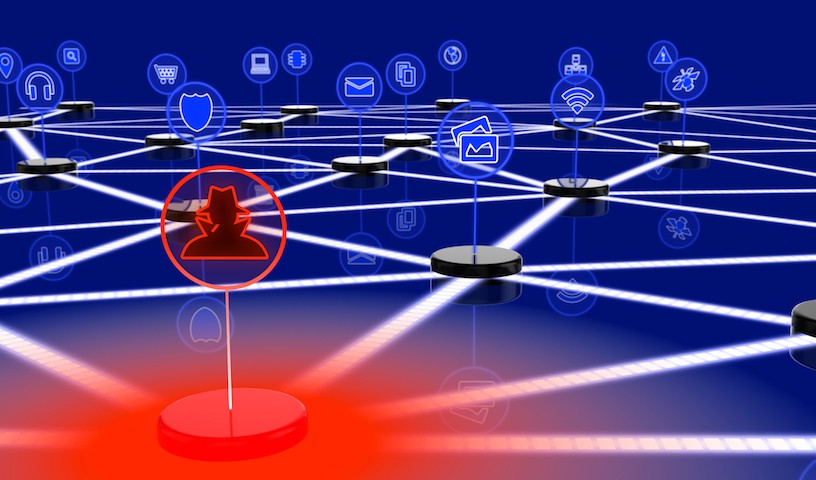With the billions of connected devices on the internet, it is essential to implement network access control to protect them from potential threats. This means identifying every active device and protecting them from potential threats. With network access control, healthcare organizations can identify and protect each device from threats.
UPnP
UPnP has features for controlling network access and securing IoT devices. These features include a centralized device management system, device discovery, and a device description document. The description is a standardized XML document that describes a device’s internals and externals. It also contains vendor-specific manufacturer information, an event description, and a list of embedded services. UPnP is a popular networking protocol that allows different types of devices to communicate with each other. It is particularly useful for companies, as it ensures that all devices can connect to a network. But, it can also expose these devices to external access, making them prone to hacking. It is therefore recommended to turn off this feature if you have IoT devices that connect to the internet.
Scalability
As organizations move toward digital transformation, the number of IoT devices and their connectivity is rapidly increasing. Most management consulting companies predict that by 2022 there will be 25.1 billion connected IoT devices on the internet. This growth will increase the need for network access control tools and solutions to secure these devices. This is one of the most important aspects of any IoT project. Scalability is crucial to achieving the desired levels of performance and reliability. In the past, many failed IoT projects involved complex processes that were difficult to scale. For example, customizations needed for different regions would require major retooling efforts. In addition, production delays would cost customers. Scalability and reliability go hand-in-hand, as they are critical for keeping customer promises.
Flexibility
Network access control solutions for IoT devices can be flexible and scale well. The policy-based architecture makes it easy to add or delete policies as needed. Moreover, administrators can modify rules on tens of thousands of devices instantly. This feature is critical, especially in the face of fast-moving threats. For example, organizations must be able to isolate unpatched machines and avoid exposing them to malicious software.
The growth of the Internet of Things has led to some challenges and opportunities for the network industry. The proliferation of connected devices has also fueled several use cases and new business models. Among these are the monitoring of critical infrastructure and controlled resource sharing. Nonetheless, it remains to be seen how IoT-connected devices will affect the future of businesses and our daily lives. As IoT devices become more sophisticated, organizations must consider network access control solutions that can provide visibility into all devices connecting to the network. This will help them improve efficiency, flexibility, and optimization.
Post-Admission Network Access Control
One of the newer types of network access control (NAC) is called post-admission. This method provides security by restricting lateral movement within a network. It can also minimize the damage that a cyber attack can cause. It requires that users re-authenticate whenever they move between different network parts. To protect your organization from the growing threat landscape, it is imperative to implement a network access control solution. The right NAC solution will provide comprehensive network visibility and ensure that only authenticated devices connect. It will also be able to enforce network policies and restrict access to devices and users. In addition to granting security to IoT devices, advanced solutions will also enable you to identify and understand the devices in your network. This requires machine learning, which analyzes traffic and logs generated by IoT devices.

